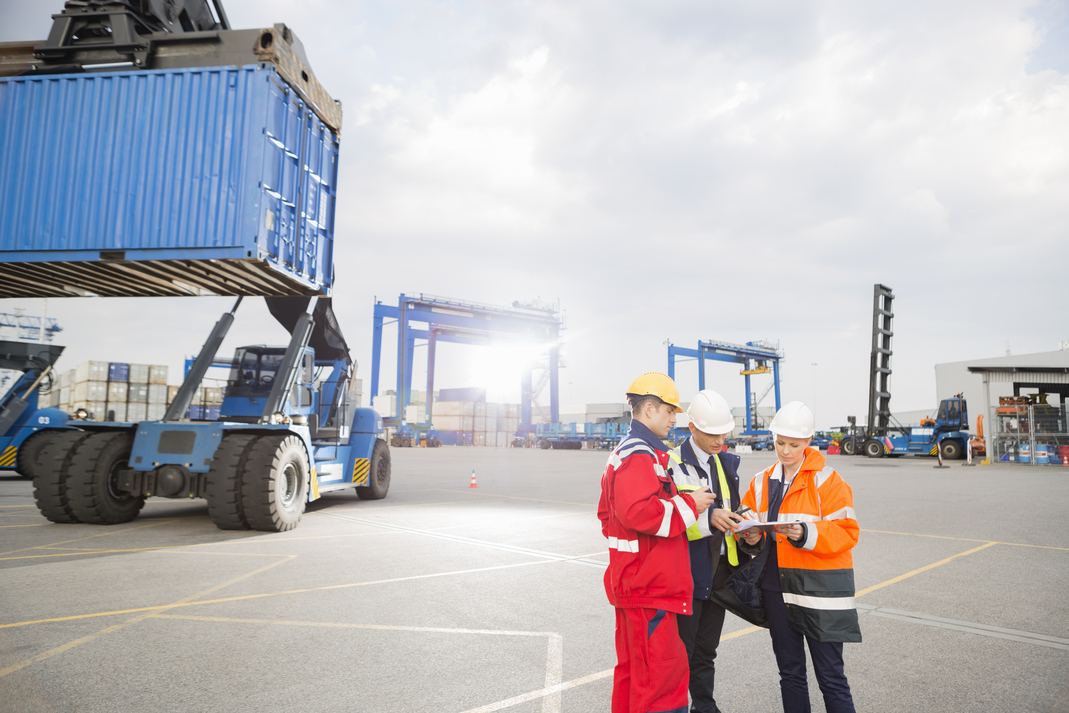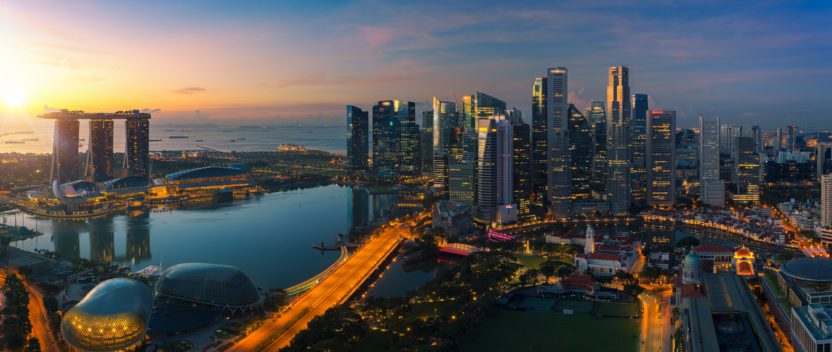Shipping will be defined as much by regulation as by technology

Despite being viewed as much as a necessary evil than as a force for good, maritime regulation does more than provide the safety margins at which the shipping industry operates. It also provides an inertial force for change, affecting the economics that underly the business.
For example, the single hull tanker ban – a regulatory process designed to promote safety – caused a major change in sentiment. Elderly tankers first left the US and Europe to hide in Asia for a short while until the regulation finally forced them all out of the market resulting in premium for modern, double hull vessels.
More recently the on-again/off-again soap opera of the Ballast Water Management Convention and the separate US Coast Guard regulations on the same subject have gone from distant spectre to up close bogey man.
While the political arguments will doubtless continue, the decision by the IMO that it was necessary to act on invasive species showed great courage. What was less well judged was the implementation process that left owners physically unable to comply and doubtful if the regulation would ever enter into force.
It has now done so – with some further delays – and the USCG is advising owners that they should prepare for enforcement rather than just implementation.
The marine environment will be the winner in the long term. In the short term, it will be shipyards, dry docks and original equipment manufacturers – and potentially the market. Owners of tonnage approaching mid-life may look at the economics of compliance heading into a couple of million dollars and decide to sell rather than plough more capex into an asset whose ability to make money in future could be seriously in doubt.
It’s not just the additional burden of BWM compliance. In the decade during which the convention stubbornly refused to come into force, the IMO has been slowly cooking up the continuing revision of MARPOL Annex VI under which rules on the fuel which owners are allowed to burn have been progressively tightened and energy efficiency encouraged.
The first stage of the changes – the emission control areas – did little in a market sense but they certainly showed intent to take the question of multiple pollution sources from shipping seriously. There was a certain amount of concern before the ECAs were implemented about compliance, enforcement and fuel availability, all of which worked themselves out in due time – though there is still disagreement of how low the first two elements were in the Baltic and North Seas.
This concern gives way to something more like visceral fear at the prospect of the global 2020 Sulphur Cap. Talked of in language that ranges from the apocalyptic to the merely very expensive, the cap will test the same three underpinnings of regulation and ultimately the authority of the IMO.
But beyond this it will at least double the cost of fuel as thousands of ships simultaneously attempt to move from heavy fuel oil to gasoil in the space of weeks. A spike is certain – how long it lasts less so. There is no certainly yet on whether the refiners will produce and supply a low sulphur fuel oil blend that conforms to the regulations. Though it seems likely that they will, this too will be at a premium and likely to be in short supply.
But what if you prefer a technology solution – then it’s ballast water all over again; Shell out several million dollars for a sulphur scrubber and you can continue to burn cheaper heavy fuel oil and be compliant. Except that in addition to capex, opex costs will rise too as energy draw from the BWM and scrubber systems eat away at fuel consumption.
If one believes that the intention of these pieces of regulation was a cleaner environment then what comes next tends to suggest something of a disconnect. Not only will owners need to install separate equipment to scrub NOx emissions from their engines until Tier III compliant newbuilds arrive, they must cast an eye down the road to the latest emerging bump: carbon.
In setting for the first time carbon emission reduction targets for the shipping industry, the IMO made another market-moving decision. Until now, its strategy has been based entirely around progressive application of energy efficiency measures. But as can be seen from the above, that is becoming harder by the day when the level of equipment onboard is increasing and the price of fuel – the major variable that owners have at their disposal – is set to increase.
Owners wrestling with the dilemma of whether to install, sell or scrap their ships will not have to worry about their vessels complying with a low carbon industry. It will take until 2023 at least for the IMO to publish its strategy for making reductions and exactly how the concept of a 50% reduction in 2008 emissions by 2050 will be calculated and measured has yet to be decided.
Trouble is that it’s not likely to be that much clearer in say five years or even 10 despite the IMO’s best efforts. Reducing carbon emissions by shipping by the stated amount will rely on two, very different approaches. The first is to slow down vessels by enough to comply – but in doing so potentially put the ship, cargo and crew at risk – and the other is to burn fuels that by and large do not exist yet.
The attraction of slow steaming is obvious – the liner sector uses it to ease its recurring capacity issues because the scheduled nature of the business suits its use. It’s harder to employ in the main tramp markets that make up the bulk of shipping demand but even so, the IMO’s second GHG study showed that forced by economic necessity, owners would slow down to save fuel and this emissions.
The new fuels – LNG, methanol, hydrogen and battery technologies – are either available now or in development but each comes with issues attached. The most recent thinking suggests that producing LNG and Methanol from sustainable sources to create biofuels and using batteries for auxiliary power could be a viable medium-term solution while an alternative to the internal combustion engine is developed.
Which tends to put talk of hyper-connectivity, digitalisation and the need for new business models into stark contrast. The last of these is certainly true – it’s been true for decades – and the transparency that technology brings will close some of the efficiency gaps. But true efficiency, how we transport the world’s goods from producer to end user is going to depend far more on operational efficiency – and it’s a mountain of comparable size.


